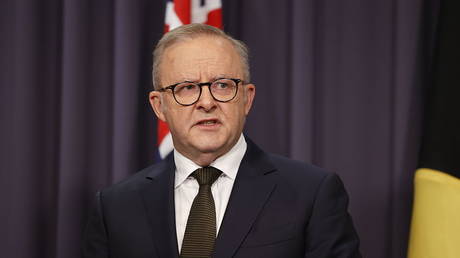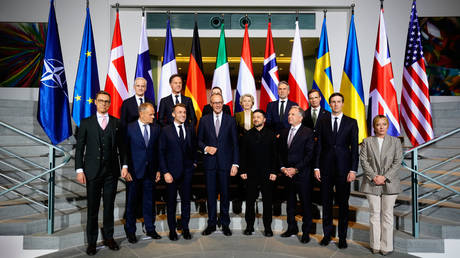
The price of tourism has risen several times in the face of the global economic crisis and Western attempts to weaken Moscow
International tourism is caught in a perfect storm caused by the simultaneous effect of the sanctions war unleashed against Russia and the associated increase in energy prices. That’s added to an uncontrolled ultrasoft monetary policy and the subsequent surge in inflation. Meanwhile, added to the mix are the introduction of visa barriers and the desire to close borders, plus remaining quarantine restrictions in some of the world’s key economies amidst the ongoing spread of viral diseases.
In a situation where it seems like things can’t get any worse, numerous experts are increasingly warning that the global economy needs to prepare for difficult times. Given the situation, the simple joy of traveling may soon become a luxury, and international tourism, which has become a mass phenomenon in recent decades, could return to the status of a privilege for the elite.
The current geopolitical conflict between Russia and the West has had multiple consequences. Already, the unprecedented sanctions war launched against Moscow has dealt painful blows to the key pillars of modern globalization: International trade and the global financial markets.
Trade restrictions against the world’s sixth-largest economy, which is also one of its leading commodity exporters, have spurred a global inflationary spiral. The prices of food, commodities, electricity, and utilities are all rising. Of course, one reason alone can’t account for such a large-scale crisis. The monetary policy of the world’s central banks has also played an important role.
The credibility of the modern dollar-centric financial system has been further undermined by the freezing of Moscow’s gold and foreign exchange reserves and the funds of Russian companies and citizens held abroad, as well as the blocking of banks’ foreign assets.
At the same time, the growing fragmentation of the world economy is taking place against the backdrop of a new phenomenon – a rupture in human connections.
The tourism sector has turned out to be the most sensitive to this. The UN World Tourism Organization (UNWTO) has forecast that the number of international trips made by the end of this year may amount to 55-70 percent of the pre-pandemic level of 2019. The industry was still reeling from quarantine restrictions when it was suddenly confronted with new challenges in the form of rising fuel prices and air travel, as well as visa barriers between individual regions.
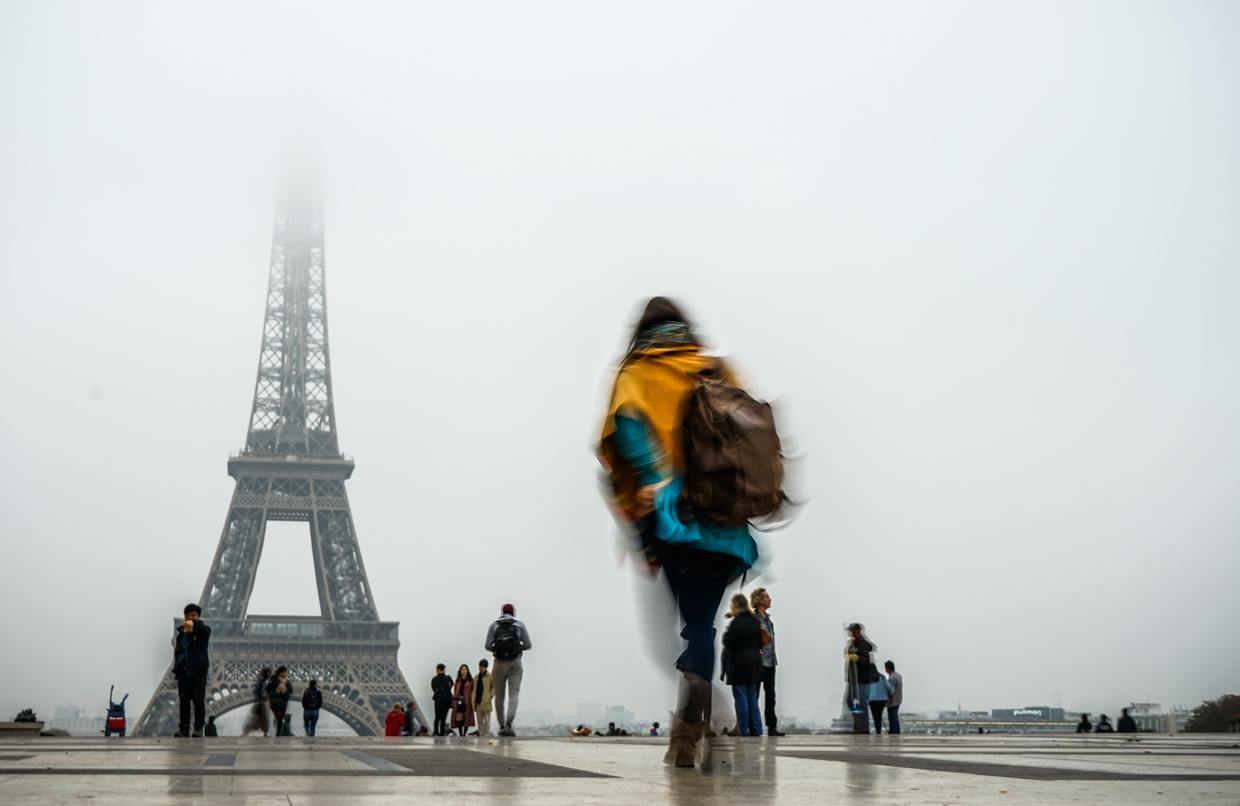
© Unsplash/Norbu Gyachung
The tourism sector’s problems threaten to lead to a number of consequences, from damaging business and bankrupting dependent companies to lowering the quality of life of people who find a periodic change of scenery important for preserving their mental health.
Why is Tourism Important for the Economy?
The tourism industry’s contribution to global GDP in 2019 was 10.4 percent, according to a report from the World Tourism and Travel Council (WTTC), prepared jointly with Oxford Economics. Two years later, in 2021, this figure had already dropped to 6.6 percent. In 2019, travelers spent $1.7 trillion during trips, accounting for almost 7 percent of international exports and 27.4 percent of export services. Two years later, in 2021, tourist spending had dropped to $700 million. That’s a drop of $1 trillion, which is comparable to the GDP of a country like the Netherlands.
Before the pandemic, the direct and indirect impact of international tourism accounted for 10.6 percent of all jobs globally (334 million), as well as one in four new jobs. In 2021, 290 million people were employed in the tourism sector. A simple comparison will make it easier to comprehend the scale of this reduction. A total of 40 million people have lost jobs in tourism – a figure roughly equivalent to the entire population of Argentina.
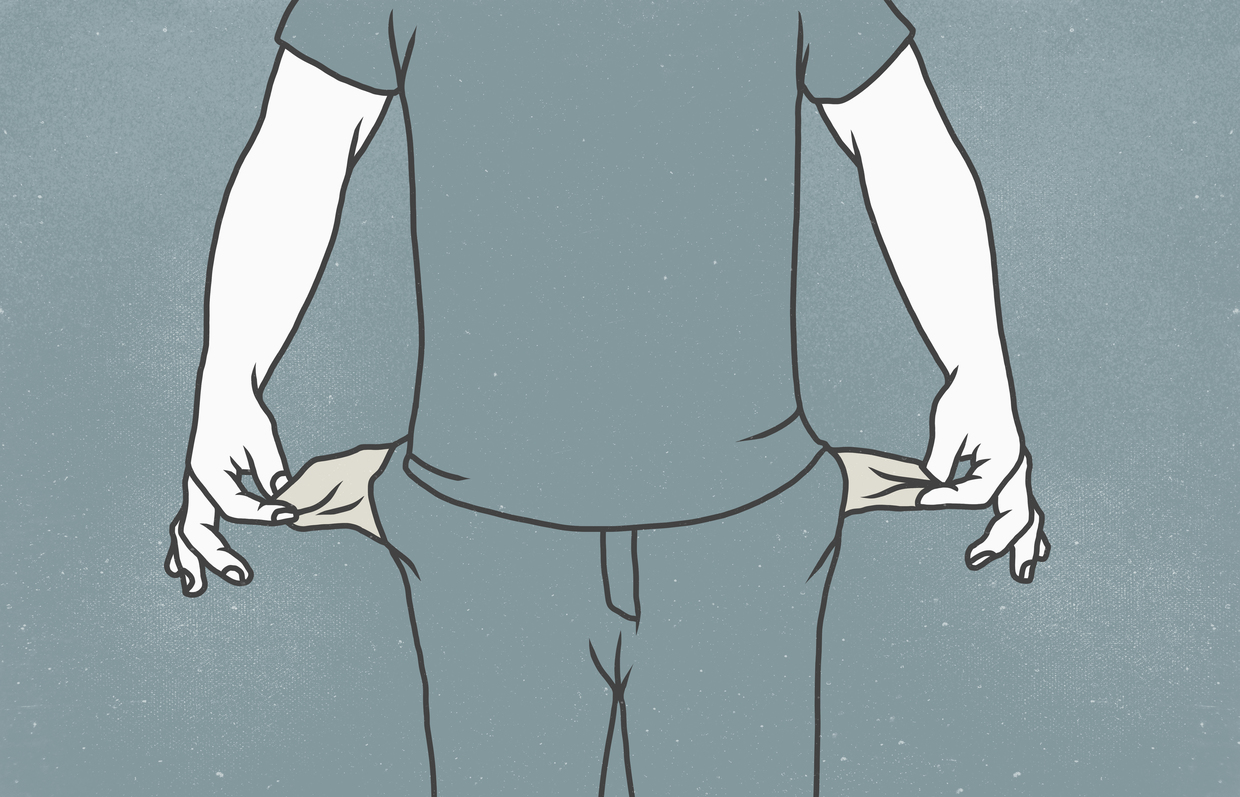
© Getty Images/Malte Mueller
The specter of even more job losses still looms, as many of these employees are being supported by special government programs. However, employment in international travel is unlikely to be maintained if the industry doesn’t fully recover, the WTTC report emphasizes. The world has not returned to its former self, and connections have not been fully restored. Political risks continue to put pressure on international markets, while the ‘new norm’ has yet to be determined.
The Main Victims
Russian tourists have already felt the impact of international travel complications to a greater extent than most other Europeans. The tourist flow from Russia to the rest of the continent this year has declined sharply, according to Maya Lomidze, the executive director of the Association of Tour Operators of Russia. Difficulties in obtaining visas, as well as the increased cost and duration of air travel, are the main reasons for this precipitous drop. In the first seven months of this year, organized visits by Russian tourists to other European countries amounted to only 5-10 percent of the volume during pre-Covid times.
In February, the European Union, like the United States, banned direct flights to and from Russia, and Russian airspace was reciprocally closed. The travel time from Moscow to New York has increased significantly and now amounts to more than a day. Flying from Moscow to Vienna, via another destination, now takes at least eight hours, as opposed to the previous two and a half. In addition to becoming longer, flights have also become a lot more expensive. A one-way from Moscow to Vienna now costs about $3,500, having skyrocketed over the past few years. It previously could be had for at least twenty times less.
The Czech Republic, Lithuania, the Netherlands, Norway, Estonia, and Latvia have stopped issuing tourist visas to Russians and many others are delaying the deadlines for submitting documents. For example, in September, the nearest free slot offered by the Italian visa center in Moscow was in November, and there are no free places at all at France’s visa center in the near future.
However, Russian tourists had become accustomed to difficulties in obtaining visas long before this year. Shuttered consulates and increasing visa refusals have been clear signs of the faltering relations and trust between Moscow and Washington since 2016. As a result, there were only about 130,000 departures from Russia to the US last year – three times fewer than in 2014.
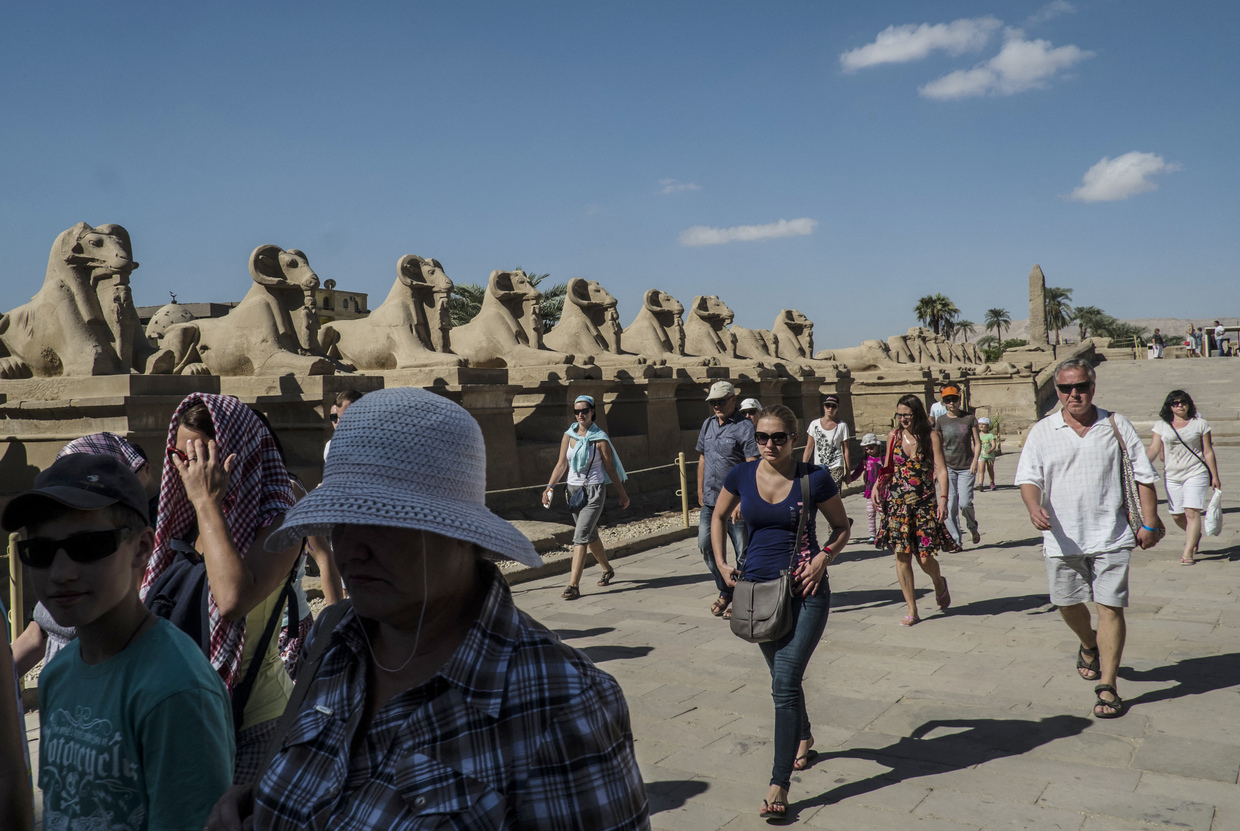
© AFP PHOTO / KHALED DESOUKI
In the current situation, Russians are looking for new destinations or returning to old familiar ones. For example, Thailand expects about one million Russian tourists this year. Domestic Russian tourism has also been a beneficiary, with Crimea topping the list of the country’s most popular destinations, according to surveys.
The Ricochet Effect
Last year, the number of foreign tourist trips from Russia amounted to 18 million, two and a half times fewer than in the pre-Covid year of 2019.
This year, the figures for outbound tourism will be far lower. Statistics in certain areas are quite stunning. The number of Russian tourists who traveled to the United States from April to June decreased year-on-year by more than 900 times – from 36,700 to 39 people.
According to Andrey Barkhota, an independent travel expert, “a strong ruble makes outbound tourism more attractive to Russians, but geopolitical barriers have prevented them from taking advantage of this. This, in turn, has forced Russians to reorient their tourist routes to domestic destinations or countries that have not imposed barriers so far.”
The absence of Russian tourists has led to a loss of profits for Western resorts. According to Euromonitor International, Russian tourists account for one percent of global travel expenditure. Russians spent $9.1 billion abroad in 2021, but they are forecast to contribute less than $6.9 billion to the global tourism industry this year due to the current difficulties. While this figure may not seem critical, for some regions it is quite a tangible amount.
“The loss of wealthy Russian tourists will not undermine the recovery of the industry, but it will deal serious damage to many countries: from Europe and the Caribbean to Thailand,” the company notes.
Some European resorts are already feeling the effects of the dearth of Russian guests. Italy would hoped to have welcomed as many Russian tourists this year as it did in 2019, when 1.7 million travelers spent about a billion euros there. However, this year, the city of Rome alone is set to lose about €150 million from their absence.
Tourists from Russia have always had a reputation for spending a lot while on vacation. Spain’s Institute of Tourism has estimated that the average Russian shells out about €175 per day while traveling. This is much more than the thrifty Germans, for example, who spend about €138 euros per day, or the stingy French, who cough up only €99. Previously, the country welcomed over 1.3 million Russian visitors a year.

© Getty Images/FilippoBacci
While Finland was the third most popular destination for Russians before Covid, when 3.6 million people visited in 2019, they only went to the Scandinavian country a little more than 230,000 times last year. Last month, Finnish Prime Minister Sanna Marin supported the idea of restricting visa issuance to Russian citizens. This despite the fact that the Finnish authorities themselves estimate that they will lose €600 million per year by doing so, which is unsurprising given that Russians accounted for 19 percent of Finland’s income from international tourism.
Cyprus is expected to suffer comparable losses. Up until recently, about two million Russian tourists visited the island’s resorts annually, injecting about €290 million into the country’s economy, which amounts to a fifth of its income from tourism.
Everything’s Expensive
As a result, Western Europeans are hoping for visitors from other countries – such as the UK, for example. In the pre-crisis period, over 70 million people from the United Kingdom visited the EU annually, but that number decreased by more than four times in 2021, to 16 million visits.
However, the difficulties of this year, some of which can be explained by geopolitical problems, have clearly taken a notable toll on the pocketbooks of British consumers. With record inflation amid soaring electricity prices, falling real wages, and the rising cost of air travel, the worsening cost-of-living crisis has become obvious to Brits, forcing them to choose domestic rather than international travel. To make matters worse, continuous disruptions in airport operations have significantly worsened the quality of trips. It is not surprising that, even according to the most optimistic forecasts, outbound tourism from the UK, most of which went to other parts of Europe, will only recover by 2024.
The increase in the cost of flights is a global trend. One of the main reasons for this is the rising cost of oil and petroleum products. They have risen significantly since the beginning of the Covid-19 pandemic and continue to remain high, and this has only been exacerbated by the sanctions imposed on Russia.
The International Air Transport Association (IATA) has warned that, “without a doubt,” airfare prices will rise as fuel costs do. According to IATA CEO WillieAccording to IATA CEO Willie Walsh, “these costs will be passed on to consumers.” Michael O’Leary, the head of the low-cost airline Ryanair, has announced that the age of cheap flights is over. Moreover, he stressed that the cost of plane tickets is likely to rise over the next five years because flights have become “too cheap” to make a profit, as industry costs skyrocket.
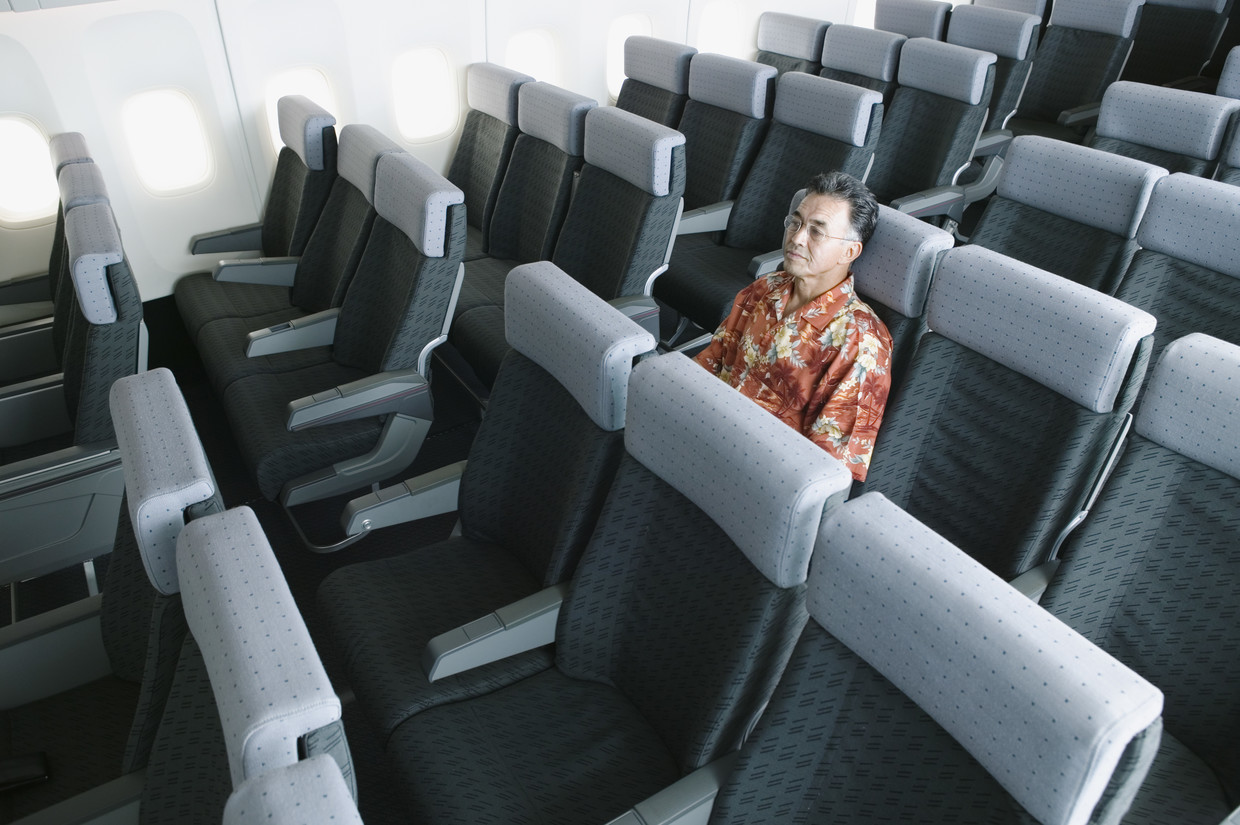
© Getty Images/Colorblind Images LLC
Not only has air travel become more expensive, but hotel prices in Europe have also taken off, increasing by more than 20% compared to 2019 in some areas. Meanwhile, the cost of car rentals has doubled over the past three years due to a shortage of new cars caused by Covid-related factory shutdowns. Many large car rental companies reduced their fleet during the pandemic. The rising cost of an international travel package, which often includes ‘flight-hotel-car rental’, is quashing demand from prospective tourists.
Statistics from the US seem to buck the global trend. Domestic tourism is under pressure there, as prices for domestic flights rose by 50 percent in the first half of this year and still remain high. But the demand for foreign trips, especially to Europe, is growing in the States.
According to Mr. Barkhota, this rising demand is not so much an indicator of consumer confidence as of the current situation in the currency and financial markets: “This year the dollar exchange rate has risen by 15 percent against the British and Euro currencies… which stimulates the influx of tourists from the United States to Europe.”
Geopolitical tensions and the curtailment of monetary incentives to support the economy and financial markets, coupled with the growing Federal Reserve rate, have increased demand for the dollar. Europe hasn’t been so affordable and cheap for Americans in the past 20 years.
However, taking into account all the global trends, these trips to Europe may be the last breath of fresh air for US citizens.


